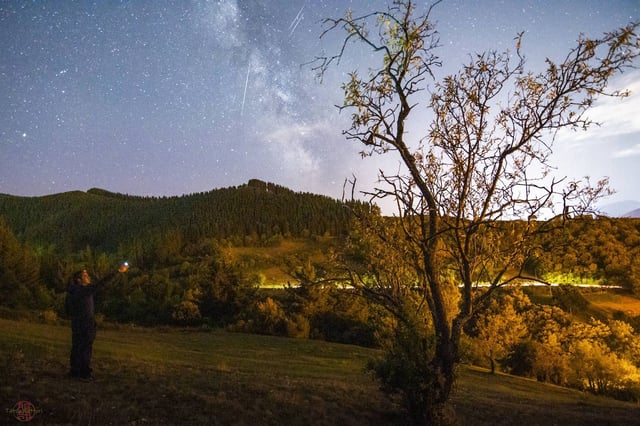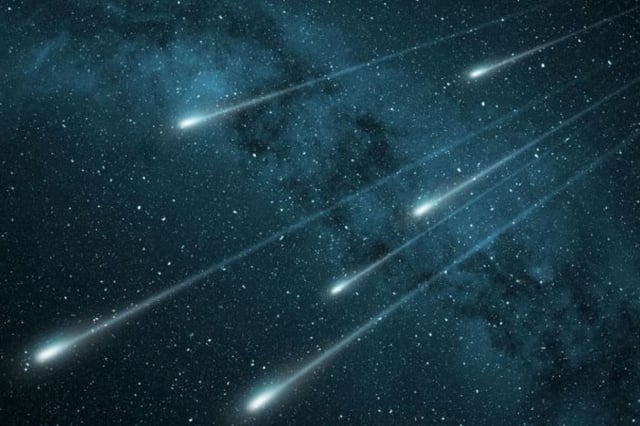Overview
- The Perseids will reach their highest activity late on August 12 into the pre-dawn hours of August 13 for Northern Hemisphere viewers
- A bright waning gibbous moon, just past full, is expected to flood the sky and obscure fainter meteors
- NASA forecasts about 25 meteors per hour at well-darkened sites this year, down from the typical 80–100 seen under optimal conditions
- The American Meteor Society cautions that lunar brightness may slash meteor counts by up to 75 percent in many locations
- Experts advise observers to find remote, unlit spots, lie back for a wide field of view and allow at least 30 minutes for eyes to adapt



